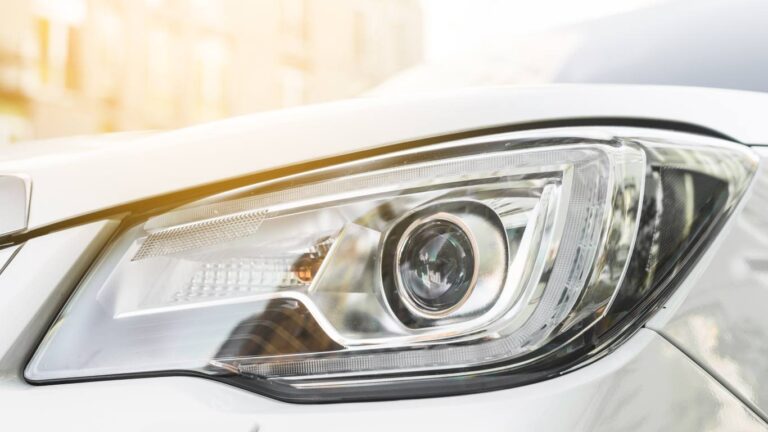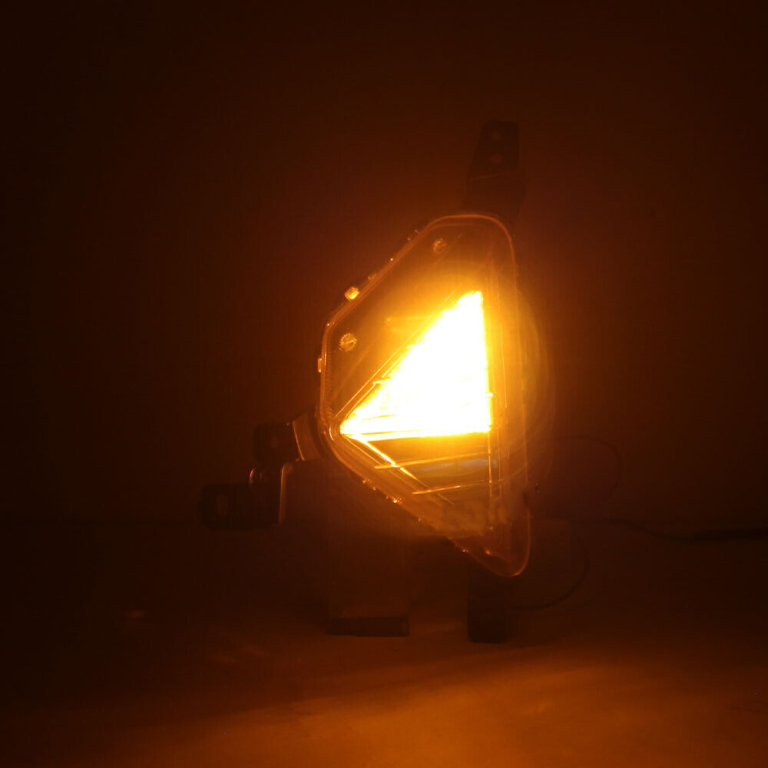Headlights are one of the most visible aspects of a vehicle’s design. When you look at a car’s face, the car headlights represent its eyes, and they frequently influence how we feel about the vehicle’s attitude; angular lights might make it appear not very lovely, but rounded lights commonly imply a friendlier disposition.
However, as with many automotive elements, the design of a headlight is significantly more than just its shape. When you get up close to the assembly of a classic car, you’ll typically see a clean and uncomplicated ‘function over form’ unit.
As technology advances, designs have become more complicated, and how your car illuminates the road has become increasingly fascinating.
5 Types of Car Headlights
Halogen Headlight
Halogen headlights are the most common form of headlamp found in practically every car. A halogen lamp transfers power through a tungsten filament enclosed in a glass capsule containing halogen gas.
The gas is particularly heat resistant, so when an electric current is applied to the filament, it begins to heat and glow. This is why the light from halogen lights is yellow.
Halogen lamps are inefficient; a lot of energy is lost as heat. As a result, the light throw is around 100 meters.
Pros:
- These bulbs are relatively inexpensive.
- Halogen headlights provide more substantial light beams.
- They are compact and take up little room in one’s vehicle.
- Halogen lights are simple to replace.
Cons:
- These lights create a somewhat yellowish beam of light.
- Drivers can’t see far ahead.
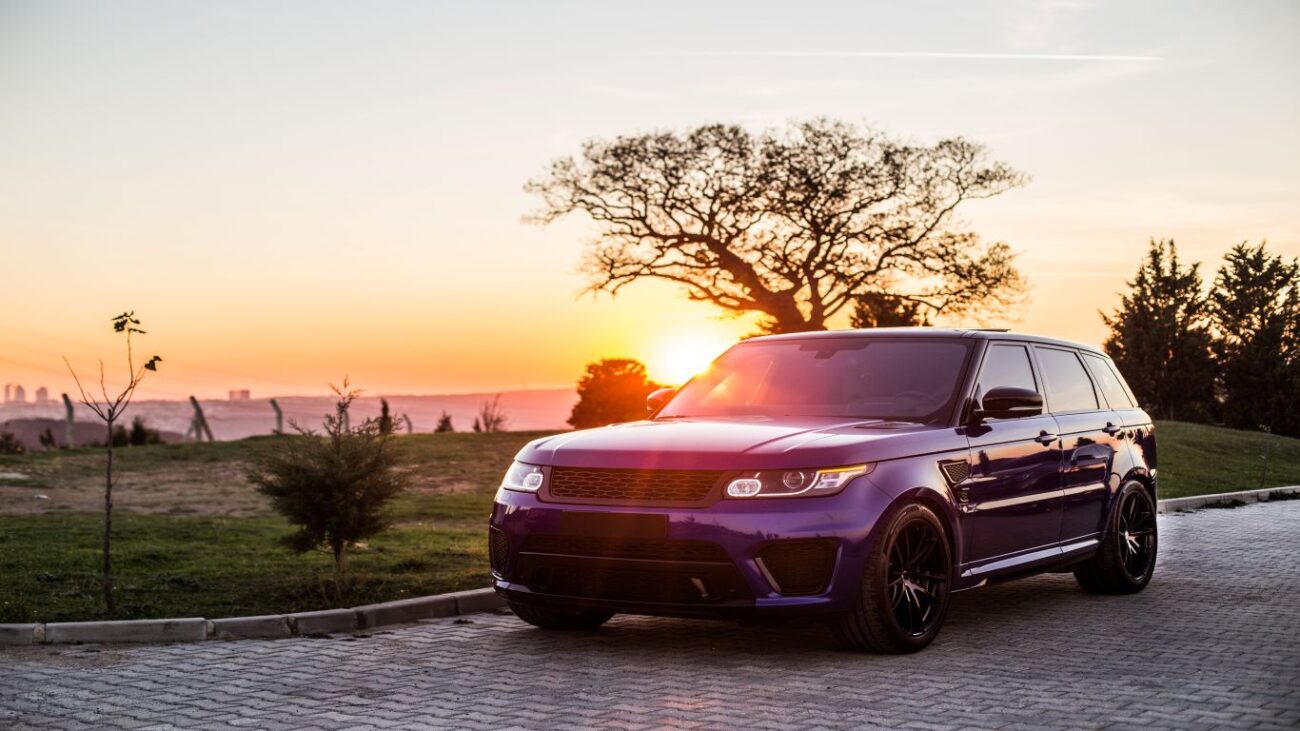
Xenon/HID Headlights
High-intensity discharge (HID) or Xenon headlights are similar to the CFL (compact fluorescent light) bulbs that we used to have in our houses. Xenon lights do not require a filament to function.
Instead, it operates by generating a high-voltage region between two electrodes. The remaining space is filled with xenon gas.
These bulbs require some time to heat up before reaching their optimum brightness. However, they emit a bluish-white light as they achieve their maximum brightness. Because they take some time to warm up, Xenon lights are used with another form of headlight, such as a high beam.
HID headlights are much more powerful and brighter than traditional halogen headlamps, with a throw of around 200 to 250 meters.
Pros:
- These lights are substantially more durable than halogen bulbs since they do not have filaments.
- HID headlights are simple to install, and kits are readily available.
- They produce intense light, which improves visibility. As a result, drivers can see further.
Cons:
- HID headlights take longer to turn on.
- The light from these bulbs is exceptionally bright, which might irritate or blind other cars and pedestrians.
- It may impair a driver’s night vision, causing him or her to lose sight of objects beyond a particular distance.

LED Headlights
Light-emitting diodes, or LEDs as they are commonly known, operate by conducting electricity through them. LEDs are relatively simple, requiring no warm-up time and emitting nearly no heat.
They are the most energy-efficient and provide an intense light. They are simple to retrofit to any headlamp and turn on quickly.
Another advantage is that they may be used in various ways and forms and can project light up to 300 meters. You’ve probably seen LED technology used in premium cars to create multiple forms.
Pros:
- The headlamps are modest and compact. As a result, they occupy less room within the car. These are so small that manufacturers don’t need to design a separate compartment.
- Drivers can rapidly turn on and off their auto LED headlights.
- These headlights do not blind other motorists or pedestrians on the road.
- Instead of focusing on the thing directly ahead, it covers a larger region and provides a broader range of views.
- These bulbs come in a wide variety of colors.
Cons:
- These bulbs are more expensive than other lights available.
- Depending on the manufacturer, the quality of these headlights can vary greatly.
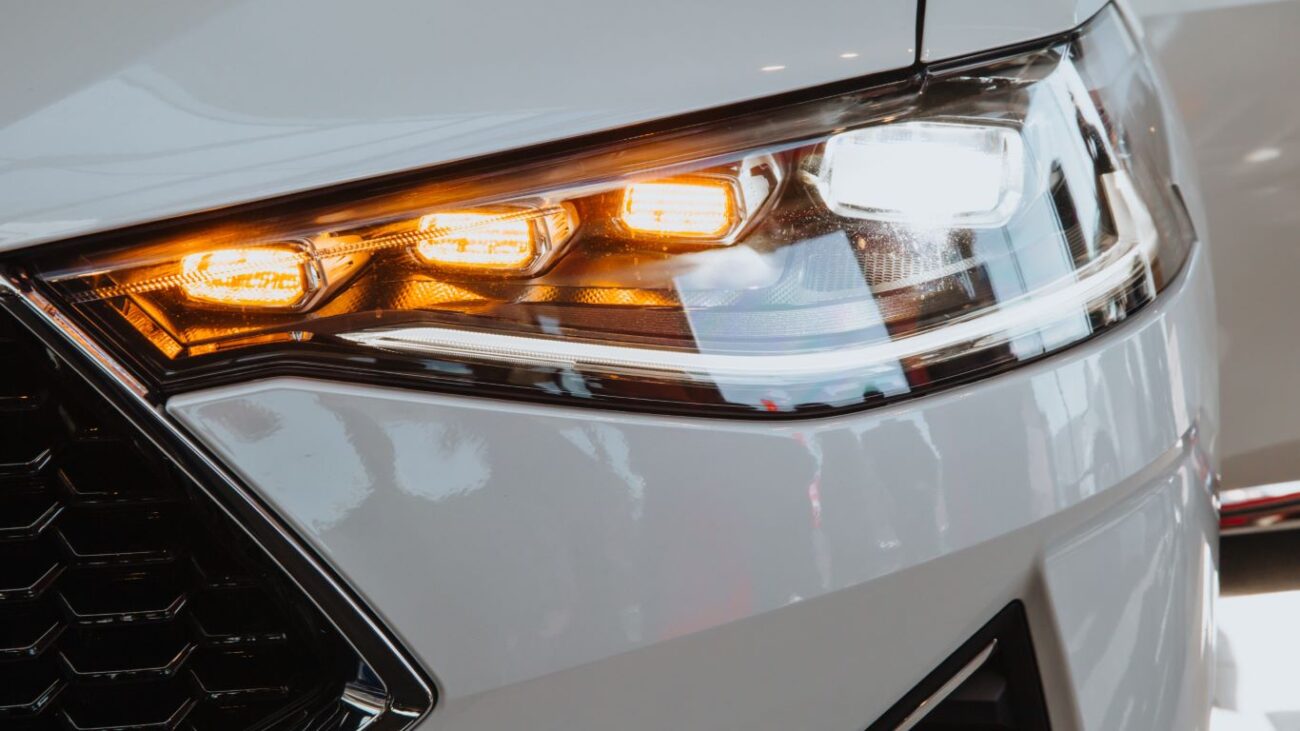
Matrix Lights
Matrix lights are often referred to as pixel lighting. A headlamp consists of multiple discrete LEDs, each separately regulated. A camera behind the rearview mirror can detect car headlights and taillights. When the system detects a vehicle, it shuts off each LED so that other drivers are not dazzled.
As a result, the auto headlights on automobiles do not project light vertically and horizontally. This allows a driver to use high-beam headlights even when traffic is approaching.
Pros:
- Each LED luminous element in the matrix LED headlight can independently adjust the brightness and control the switch under computer control; it can also automatically switch between high and low beams, adjust the illumination height, and illuminate the front accurately under various conditions.
- For example, when meeting cars at night or encountering pedestrians, the matrix LED headlights will automatically dim a portion of the lamp body to avoid direct illumination to each other, improving driving safety at night.
Cons:
- The complex system requires multiple software and hardware to work together to operate normally. The technical requirements are exceedingly high, as are the costs of production and maintenance.
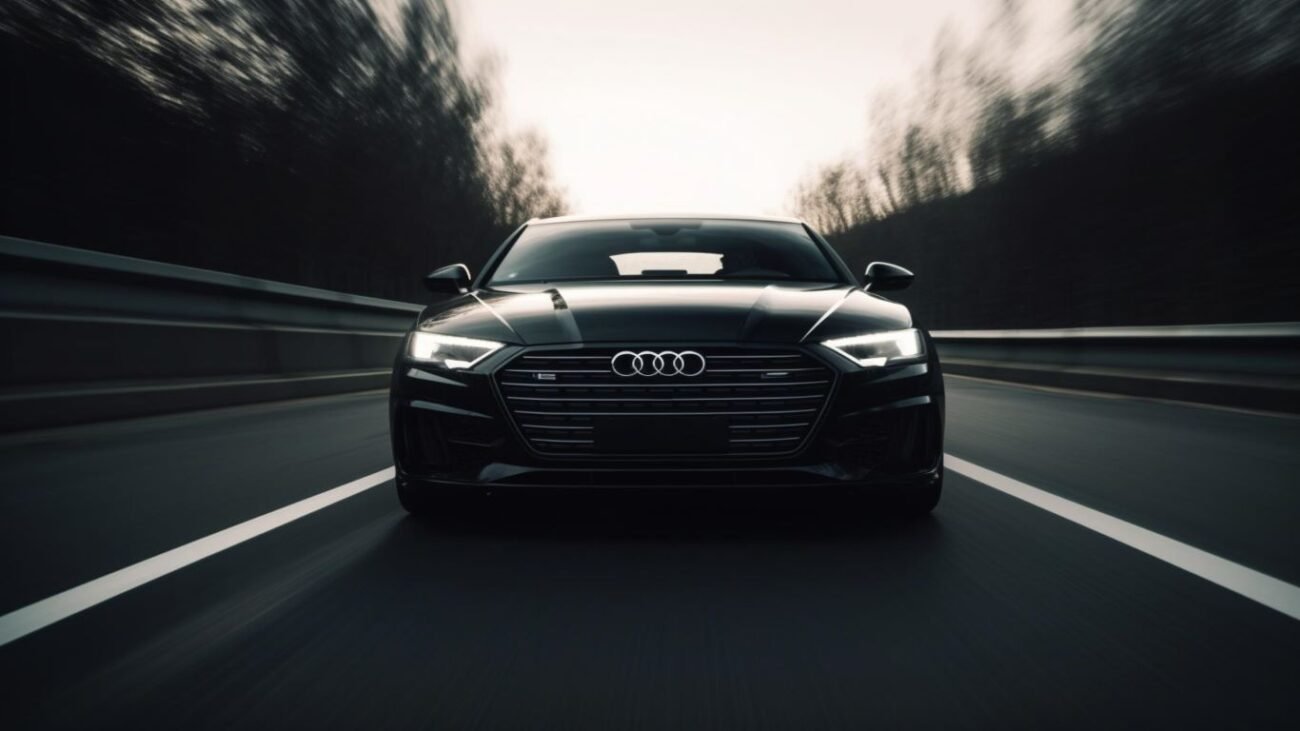
Lasers Lights
Laser lights are the most modern headlamp technology available on the market. This is why they are the greatest in their category but also the most expensive.
Laser lights ignite a gas using lasers. As a result, the gas lights are extraordinarily bright. The most notable advantage of laser lights is that their light throw is far superior to any other type of headlamp.
These are typically seen on high-end premium vehicles, or they are available as an option but are much more expensive. Laser lights may illuminate approximately 600 meters of the road ahead.
These are the five basic types of headlights utilized by manufacturers. As with any other technology, it will grow over time and be able to trickle down to lower-cost automobiles.
Pros:
- These headlights create light beams that can be focused up to 2000 feet distant.
- Drivers may turn this light on and off instantaneously.
- Another advantage of this headlamp is that it burns at 6500 Kelvin, which is comparable to natural light.
- They are incredibly adaptable and may be molded into various shapes and sizes.
Cons:
- These lights are costly; only luxury car manufacturers such as BMW provide them by default.
- These lights generate more heat than LED lights and hence require additional cooling.
- Laser lights cannot replace LED lights in applications such as turn signals and brake lights.
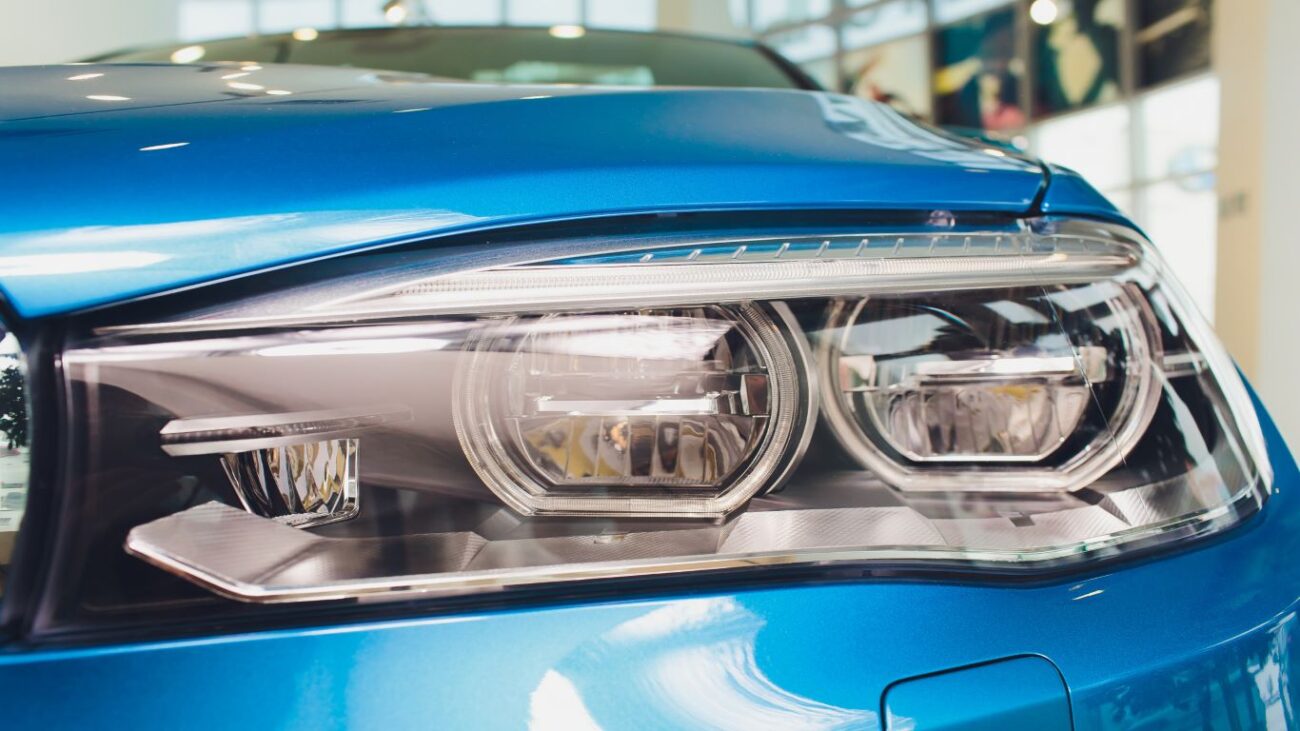
DRLs, or Daytime Running Lights
DRLs, as they are known, offer no actual illumination on the road but are designed to increase the vehicle’s visibility. Audi and BMW deserve credit for their innovation, as DRLs have greatly improved pedestrian safety.
According to one study, DRLs have helped reduce accident rates by a stunning 21%.
Tips For Choosing Headlights
Car buyers and those wishing to improve their vehicles should keep a few things in mind before deciding. Many options are on the market, making choosing the best fit for a car is challenging. So, here are a few things to follow while purchasing a light:
Know Your Car’s Headlight Requirements
Not every car will have the exact headlamp specifications. Most current cars use halogen or HID lights during the day and LED lights at night.
Furthermore, some recent car models include daytime running lights (DRLs), a variation of LEDs. Individuals must remember that the headlamp they choose to update their vehicle must fit correctly in the socket.
Investigate All Available Options
Individuals must be informed of all the possibilities accessible on the market. There are at least nine different types of headlights available. Several of these headlights are specifically designed for off-road use. However, most lights are designed for street use.
Do Not Settle For Cheaper Headlights
Cheaper headlights may appear to be a good value initially but may not operate well over time. Furthermore, repairing these low-cost lights may require more money in the long run. Cheap lights fail to give adequate visibility.
Take The Whiteness Factor Into Consideration
Most current cars have white lights instead of the classic yellow ones. These lights are safer than their yellow counterparts and have better visibility.
If you want to protect your safety while driving and the safety of others on the road, you should select the best option for your vehicle.
Lights are a crucial component of your car and have a more significant impact than expected. As a potential automobile buyer or current vehicle owner, you can select one of the various headlamps listed above.
Upgrading Your Car Headlights At Shayan Auto Parts
Revitalize your night drives with brilliance! Shayan Auto Parts‘ cutting-edge automobile headlights provide unparalleled clarity and safety. Upgrade now for a better future. Contact us today.
FAQs About Car Front Light
Do LED lamps work with all kinds of cars?
Since LED headlights come in many shapes and sizes, they can be used on most car types. But it’s essential to check the measurements to make sure it fits perfectly.
Do HID headlights make it hard for other cars to see?
Even though HID headlights can give off a lot of light, glare can be reduced by ensuring they are installed and aligned correctly. Adjusting the lights as the maker tells you to is very important.
Why would you want to switch to LED headlights?
Compared to regular halogen bulbs, LED lamps have advantages such as being brighter, using less energy, and lasting longer.
Can I put the headlights on my car, or do I need help?
The homeowner can install some lights, but having a professional do it ensures they are aligned correctly and lowers the risk of problems in the future.
How often should I get new headlights for my car?
How long lights last depends on the type and how they are used. Generally, lights should be changed every two to five years.
How long do automobile headlights last?
A headlamp usually lasts between 500 and 1000 hours. However, some lights endure longer than 30,000 hours.

